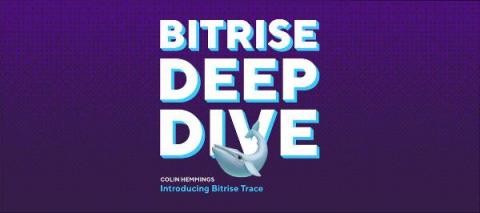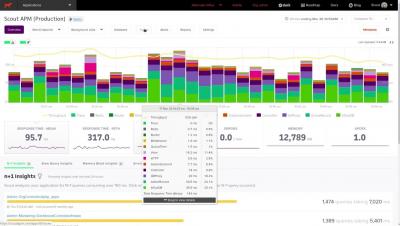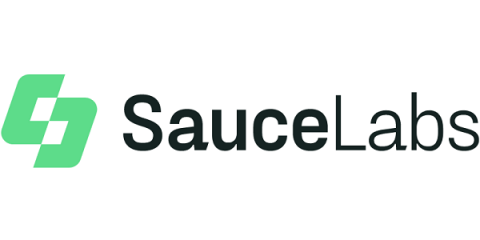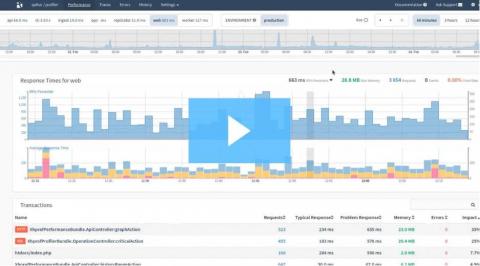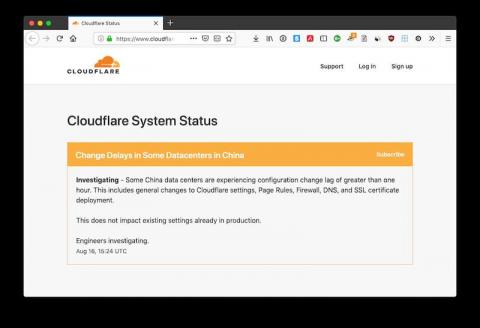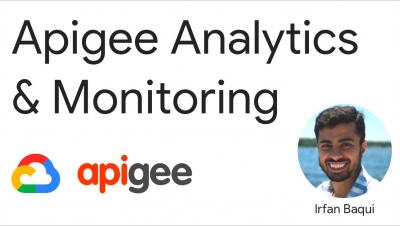Systems | Development | Analytics | API | Testing
Monitoring
Introducing Bitrise Trace
Colin Hemmings, Product Manager at Bitrise introduces Trace, the new application performance monitoring (APM) solution we are building here at Bitrise Trace is monitoring made specifically for mobile, helping you catch bugs before they reach your users. With Trace, you’ll be able to have a complete view of these issues with full context, so that you can assess, reproduce, and fix them as quickly as possible.
Anodot - Autonomous Business Monitoring
Anodot Demo Video - Partner Monitoring
3 Key Benefits of switching to ScoutAPM over New Relic
How QA Teams Can Use Software Monitoring Tools
If you work in QA, you're probably accustomed to thinking of software monitoring as someone else's job. Traditionally, responsibility for monitoring applications fell to IT teams; QA's role ended with pre-deployment testing, and QA engineers did not usually touch monitoring tools. But the reality is that monitoring tools—meaning tools designed to help track application availability and performance, and also alert teams to problems—aren't just for IT teams.
Announcing our new $11M Series B funding
Nearly eight years ago, Cory and I started on a journey to help developers build software quickly and painlessly. As software developers ourselves, we had felt the pain of being afraid to ship and spending late nights tracking down bugs. In 2013, we launched Rollbar into the world so that developers could build software faster, shipping often without fear. These days, lots of people talk about continuous delivery, and nearly all of them focus on automating releases.
New Feature: Max Memory Monitoring
The PHP INI setting memory_limit is important to configure right for two reasons. To help you finding the right memory_limit setting Tideways now offers two additional ways to see the maximum memory in use.
Implement API Monitoring
It's a fact of modern software development that aspects of our applications interact with third-party APIs. This could be for any number of reasons, with some common ones being payment processing, telecommunications, logging, and data analysis. So, since our applications rely upon third-party APIs so much, we need to ensure that we integrate with them as effectively — and defensively — as we can.



